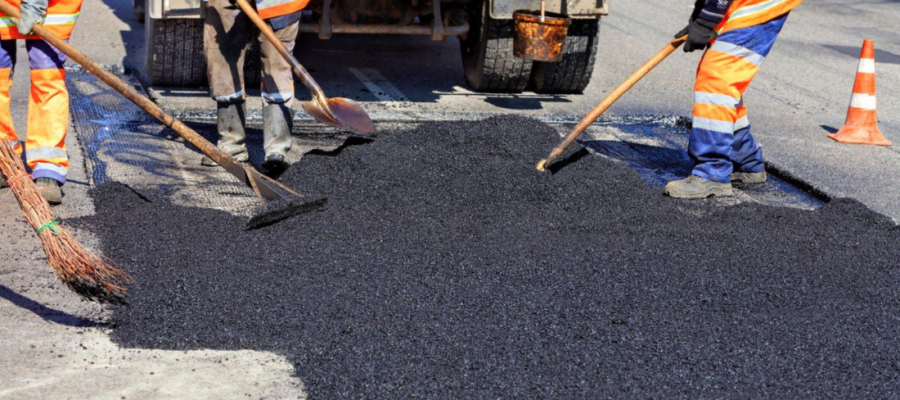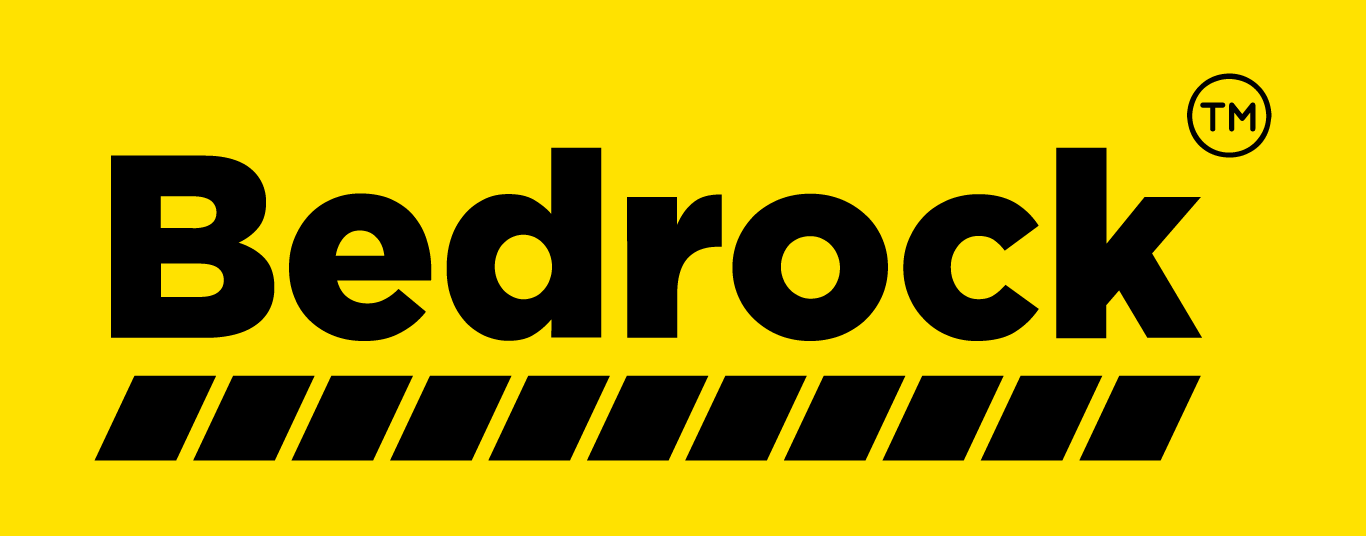
In the sprawling metropolis of Mumbai, where the monsoon rains often wreak havoc on the city’s roads, the battle against potholes is a perennial struggle. However, amidst the chaos and congestion, a silent revolution is underway in the realm of road repairs, offering a glimmer of hope to weary commuters. Enter microsurfacing technology, a cutting-edge solution that promises not only to patch up potholes but also to provide a seamless and durable surface that can withstand the rigors of Mumbai’s traffic and weather.
Understanding Microsurfacing Technology
At its core, microsurfacing is a protective layer applied to existing road surfaces to seal cracks, prevent water infiltration, and restore surface texture. Unlike traditional methods such as hot mix asphalt, which require extensive preparation and curing time, microsurfacing offers a quicker and more cost-effective solution. It consists of a mixture of polymer-modified asphalt emulsion, aggregate, mineral filler, and water, which is applied in a thin layer over the existing pavement using specialized equipment.
Benefits of Microsurfacing Technology
One of the primary advantages of microsurfacing technology is its ability to provide a seamless and durable surface that can withstand heavy traffic and adverse weather conditions. The thin layer of microsurfacing not only fills in cracks and potholes but also restores surface texture, resulting in a smoother and safer ride for commuters. Moreover, microsurfacing requires minimal preparation and curing time, allowing for faster completion of road repair projects and reducing disruption to traffic flow.
Applications in Mumbai
In a city like Mumbai, where the road network is vast and diverse, microsurfacing technology offers a versatile solution to a myriad of maintenance challenges. Whether it’s patching up potholes on busy arterial roads or sealing cracks on narrow residential streets, microsurfacing can be customized to suit the specific needs of each location. Furthermore, the seamless nature of microsurfacing ensures that repaired sections blend seamlessly with the surrounding pavement, minimizing the risk of accidents and providing a smoother, more comfortable ride for commuters.
Sustainability and Longevity
In addition to its practical benefits, microsurfacing technology also offers environmental advantages over traditional road repair methods. By extending the service life of existing pavements and reducing the need for frequent resurfacing, microsurfacing helps conserve natural resources and reduce carbon emissions associated with asphalt production and transportation. Moreover, the durable nature of microsurfacing means that repaired roads require less frequent maintenance, further reducing the overall environmental impact.
Conclusion
In the relentless hustle and bustle of Mumbai’s streets, where every pothole is a potential hazard and every traffic jam a source of frustration, microsurfacing technology offers a ray of hope. By providing a seamless and durable solution to the city’s perennial pothole problem, microsurfacing not only improves safety and comfort for commuters but also offers environmental and economic benefits. As Mumbai continues to grow and evolve, investing in innovative technologies like microsurfacing can help pave the way to smoother, safer, and more sustainable roads for generations to come.
- February 8, 2024
- By: admin
- Category:Uncategorized
- no comments
- Tags: Micro Surfacing Emulsion dealersMicrosurfacing Technology in MumbaiTraffic sign boards in Mumbai
Related Posts

- April 11, 2024
- By: admin
- in: Uncategorized



